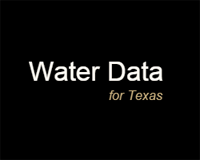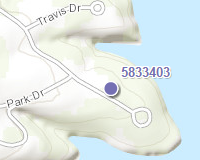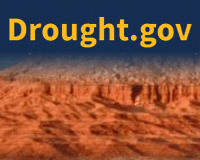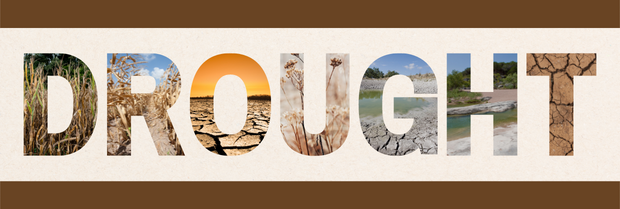Texas is no stranger to drought. The seven-year drought of record in the 1950s was a turning point in Texas history that led to the formation of the Texas Water Development Board. Since then, Texas has faced numerous droughts, including the second worst and second-longest statewide drought that began in August 2010 and lasted through October 2014. Widespread drought returned to much of the state in 2022, rivaling 2011 conditions and again illustrating drought's reoccurring threat to cause significant harm to the state's economy and endanger the health and safety of people.
The TWDB offers a variety of services and information to assist communities in preparing for droughts and implementing local responses to drought-induced water supply problems. The TWDB supports data acquisition and development of tools that characterize water conditions across the state, facilitates the state's water supply planning process, and provides financing programs to support communities' drinking water and water supply projects. The TWDB also provides information resources on current and forecasted near-term drought conditions, participates in the state's Drought Preparedness Council, and supports municipal and agricultural water conservation programs.
Additionally, the TWDB offers resources to learn more about the many facets of drought, from what it is, to how the state plans for it, to what's ahead in terms of forecast conditions.
What Is Drought?
According to the American Meteorological Society, drought is a period of abnormally dry weather sufficiently long enough to cause a serious hydrological imbalance. Unlike hurricanes and tornadoes, drought is generally a slow-moving phenomenon. However, flash droughtsóor the rapid onset or intensification of drought conditionsócan occur relatively quickly due to lower-than-normal precipitation and unusually high temperatures, winds, and radiation.
There are four types of drought:
- Meteorological drought begins with a period of abnormally dry weather resulting in less than the long-term average rainfall for that period. It does not necessarily impact water supply.
- Agricultural drought often follows or coincides with meteorological drought and can appear suddenly and cause rapid impacts to agriculture. It reduces soil moisture, which decreases crop or range production and increases irrigation demands. It often leads to drought disaster declarations and, in many cases, is an indicator of an impending hydrological drought.
- Hydrological drought is a period of below-average streamflow and water volume in aquifers and reservoirs, resulting in reduced water supplies. It is the focus of the TWDB's water planning process because it impacts water supplies.
- Socioeconomic drought occurs when physical water needs affect the health, safety, and quality of life of the general public or when the drought affects the supply and demand of an economic product.
For more drought definitions, visit the National Drought Mitigation Center and the Centers for Environmental Information.
Key Drought and Data Resources

Drought Dashboard: The TWDB's drought dashboard provides information on conditions across the state, including rainfall, temperature, streamflow, and soil moisture as well as various drought indices and U.S. Drought Monitor status.

2022 Interactive State Water Plan: This interactive website allows users to take an up-close look at state water plan data thematically and at discrete levels not found in the electronic version of the plan.

Water Data for Texas: Water Data for Texas provides information on reservoir storage levels, lake evaporation and precipitation, and water levels at the automated groundwater level wells among other types of information.

Groundwater Data Viewer: The Groundwater Data Viewer displays information on wells in the TWDB Groundwater Database, including information such as total well depth, screens, and pump placement/well construction.

Texas Water Infrastructure Coordinating Committee (TWICC): The TWICC provides information on funding eligibility and technical assistance for water systems facing infrastructure or compliance issues.

Drought.gov: This site, which is maintained by the National Integrated Drought Information System partnership of federal agencies, provides drought information at national, state, and local scales.
